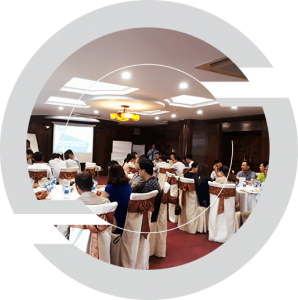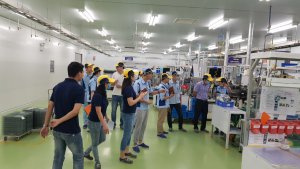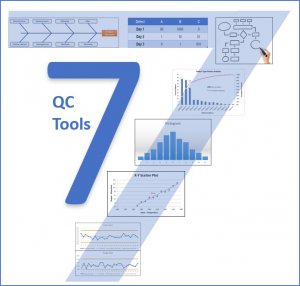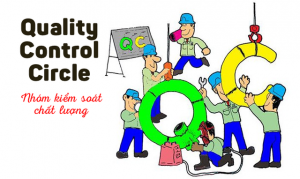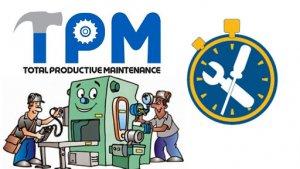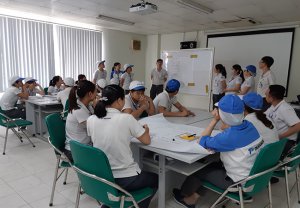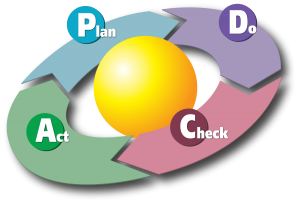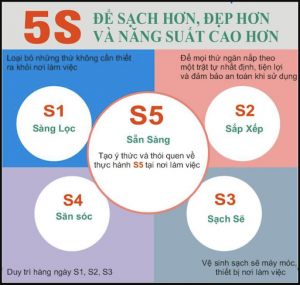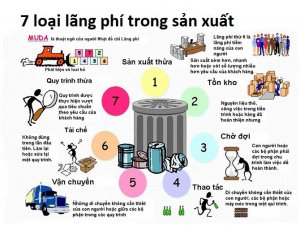Planning and PDCA cycle
What problems do employees often encounter?
- Fail to determine what the job goals are.
- Define goals but not make work plans.
- Have plans but they are not specific and detailed.
- Do not know how to deploy work effectively.
- Do not know how to re-check their work or check it at the wrong time, leading to the fact that there are no specific actions to achieve the goals.
The course “Planning and PDCA cycle” help staff solve the above-mentioned problems.
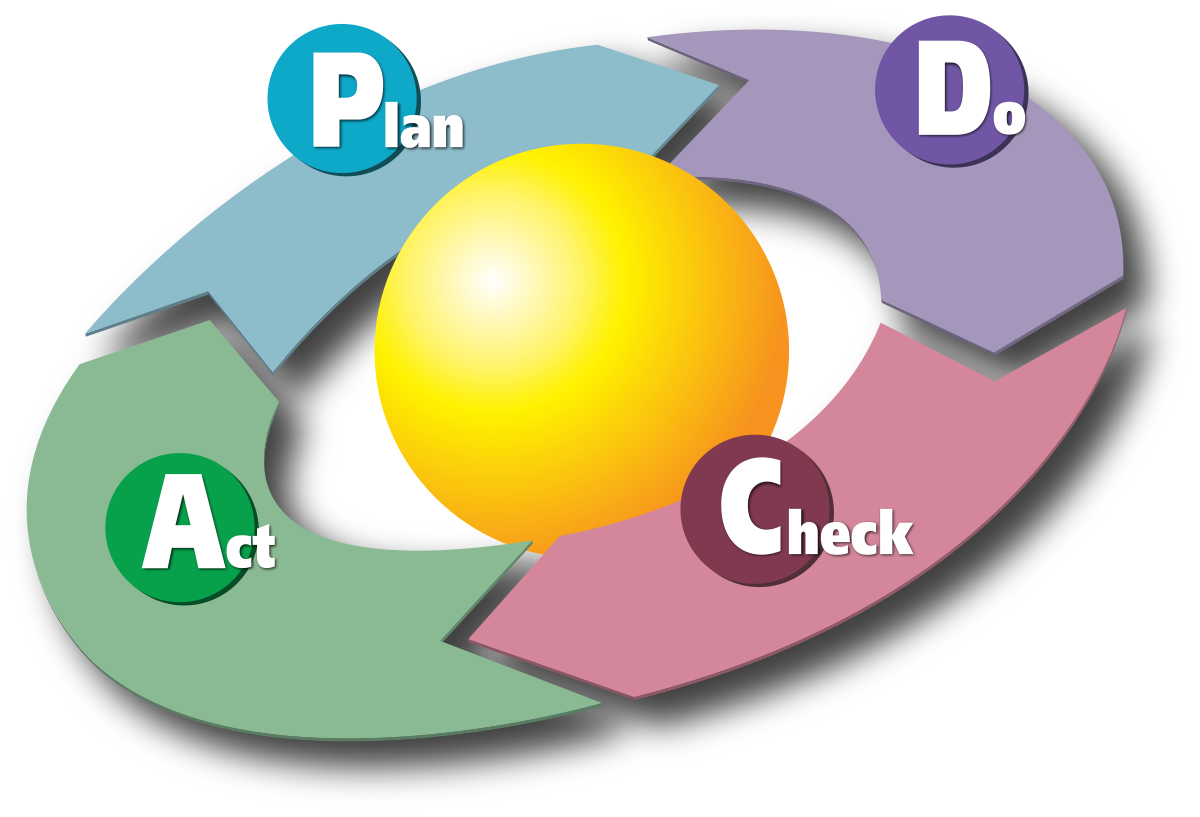
COURSE OVERVIEW
Name of the course: Planning and PDCA cycle
Object: Employees, workers, and interns
Training time: 2 – 3 days (designed as customer’s requirements)
Language: Vietnamese
Lecturers: Vietnamese
Forms of training: Inhouse or Public workshop
Training methods: Lecture presentation, discussion, and practice are organized in the classroom
PURPOSE OF COURSE
- Understand the importance of planning before having actions
- Make full, specific, and detailed plans to ensure that the goals will be
- Actively rotate the PDCA cycle on a daily, weekly, and monthly basis to gain and improve your goals.
TRAINING CONTENT IN THE COURSE
Topic 1: What is PDCA? What are the purposes of PDCA?
- What is PDCA? Why do we need to apply PDCA?
- Why do we need to apply PDCA?
- Problems you often have with PDCA
- Practice 1: Identify current problems with the PDCA
Topic 2: Define the purposes and scope of work
- Overview of planning steps
- Define the purposes and targets of SMART
- Methods of determining the scope of work
- Typical mistakes in defining the scope of work
- Practice 2: Define purposes, targets, and scope of work according to given situations
Topic 3: Work split-up and arrangement
- Methods of splitting up the work
- Methods of prioritizing work
- Typical mistakes in splitting up and arranging work
- Practice 3: Split up and arrange works according to given situations
Topic 4: Risk identification and resource estimation for work performance
- What is a risk? What kinds of risks are there? Solutions?
- Methods of resource estimation
- Practice 4: Identify risks and resources for work according to given situations
Topic 5: Define the control items, the levels of control, and make a plan
- What is a control item? What is a level of control?
- Control items and levels of control for results and process
- Critical path method and the parallel-doing method
- Make a plan with 5W2H
- Practice 5: Define control items, the levels of control, and make 5W2H plans according to given situations
Topic 6: Methods of reporting the status of work performance by PDCA diagram
- What are the purposes of PDCA reports?
- How to present a report with PDCA diagrams?
- Visual management to follow and perform by everyone
- Practice 6: Report the status by PDCA diagrams under given situations
Course review, action plan, and certification
FEEDBACK
N/A
N/A
N/A










